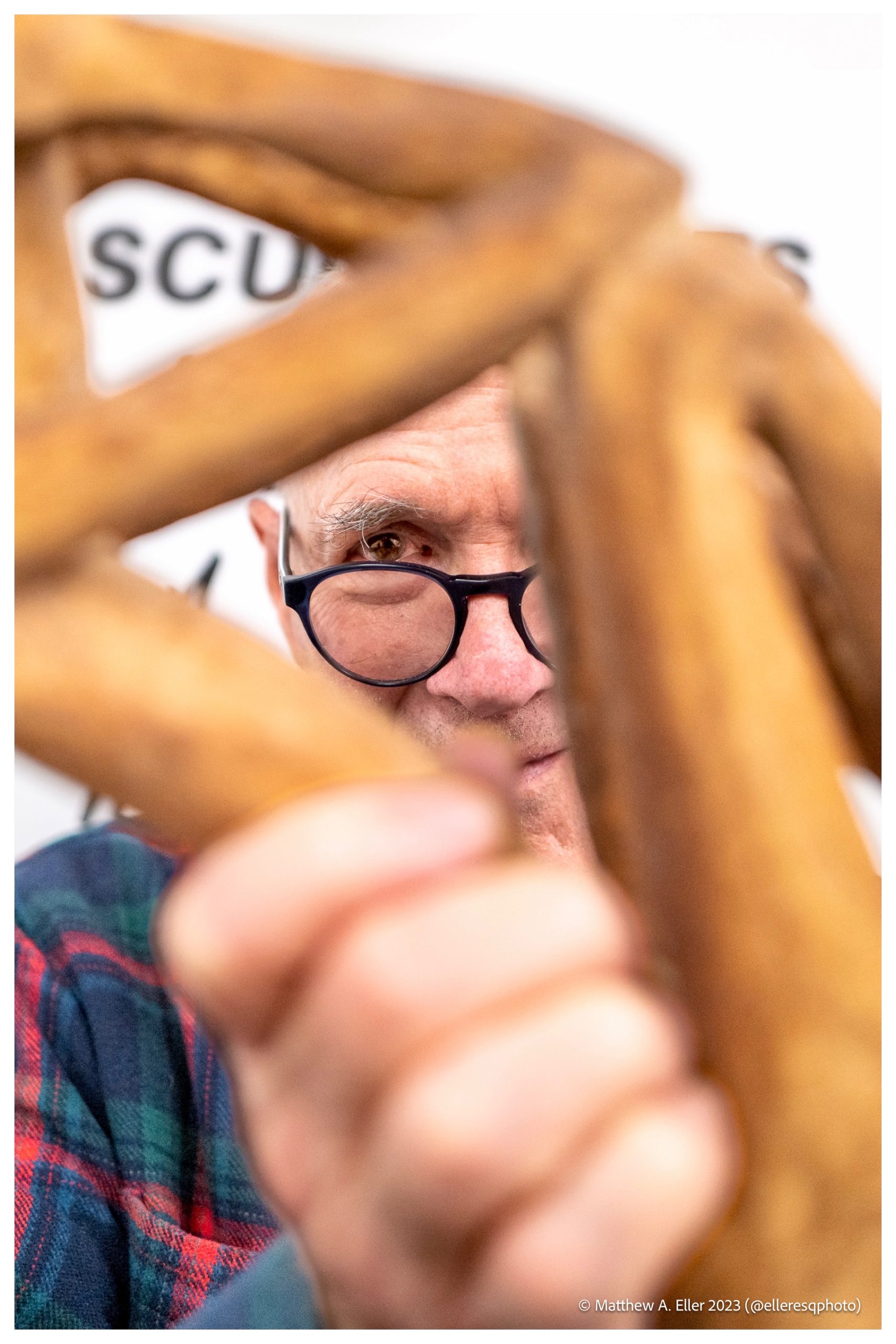 Matthew A. Eller: Today I am at WallWorks in the Bronx chatting with, and hanging art next to the legendary photographer and sculptor Henry Chalfant. His new solo exhibition exclusively featuring sculptural works from all the way back to the late 1960’s. Henry, for those who are not familiar with your work, can you tell them a little bit about yourself?
Matthew A. Eller: Today I am at WallWorks in the Bronx chatting with, and hanging art next to the legendary photographer and sculptor Henry Chalfant. His new solo exhibition exclusively featuring sculptural works from all the way back to the late 1960’s. Henry, for those who are not familiar with your work, can you tell them a little bit about yourself?
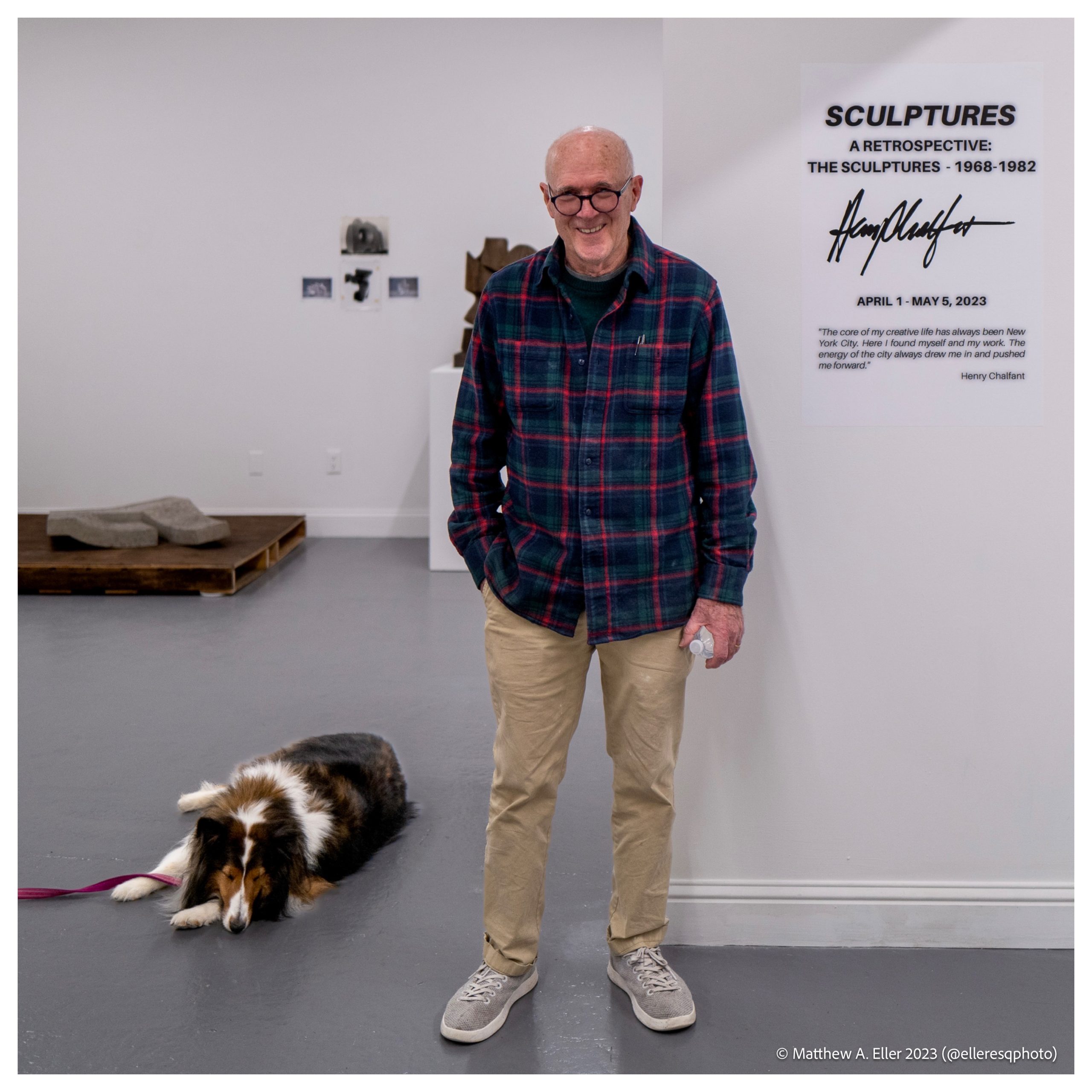 Henry Chalfant: Well, I’m Henry Chalfant, and my first career was making sculpture. I did that up until the early 1980’s, but then I was overwhelmed with the fun that was taking place with graffiti artists. I guess now I’m best known for taking pictures of New York City’s subway cars and graffiti from the mid 1970’s thru the mid 1980’s.
Henry Chalfant: Well, I’m Henry Chalfant, and my first career was making sculpture. I did that up until the early 1980’s, but then I was overwhelmed with the fun that was taking place with graffiti artists. I guess now I’m best known for taking pictures of New York City’s subway cars and graffiti from the mid 1970’s thru the mid 1980’s.
During this time I got together with Martha Cooper and made the book Subway Art, and got together with Tony Silver and we made the film Style Wars.
I was originally a solitary artist in my studio. This is who I was up until I discovered graffiti. Making sculptures was work which I loved, but it was also lonely work, and I wondered if those four walls in my studio were going to be the limit of my life?
I was really just saying, “There’s more out in the world than this!” That’s what took me out of my studio, and I started taking pictures of trains. Suddenly, I found myself deeply involved in a world of action, social activities with graffiti artists, with dancers, with filmmakers.
Matthew A. Eller: So why graffiti? Why trains? Why of all things did this get you out of your studio?
Henry Chalfant: Well I moved to New York in 1973 and New York City was happening on the trains. At that time graffiti was evolving rapidly and I was traveling from my home on the Upper West Side to my studio in Soho back and forth on a daily basis, and I delighted in watching the evolution of graffiti on the trains.
Matthew A. Eller: How long did it take watching the trains before the light bulb went off and you knew you had to photograph them?
Henry Chalfant: Well, I had come to visit friends in New York in the late 60s, and there was always tagging at least by 1970 on the trains. But when I came back in ’73, people were piecing and doing really nice pieces on the exterior of trains, so that was a real eye opener. Because previously it was exciting to see the tags, just the tags. I would ask myself “who’s doing it” and I liked that it had a sort of anti-establishment tone to it.
Matthew A. Eller: Were you a photographer before this time?
Henry Chalfant: Actually, No!
Matthew A. Eller: So you learned how to take photos because of seeing the tags and graffiti on NYC trains?
Henry Chalfant: Yeah. I had to do this. So I learned. I invented. I made it up as I went along because there’s no one who was doing it before me. And it suited me fine because I had a 50 millimeter lens. If I’d had some other kind of lens I don’t know if I would be here today.
Matthew A. Eller: Do you remember the first train that really impacted you?
Henry Chalfant: The one that really impacted me was the lee’s Lee Quiñones “Merry Christmas” train. It was parked on a Saturday on the express track between the stations, Prospect and Interville in the Bronx. The line had a third set of tracks to run express trains at rush hour, and on the weekends they would park trains there.
Matthew A. Eller: Did you know who Lee was before this?
Henry Chalfant: No, but I think he had painted it in the winter of ’76 and I caught it in the summer of ’77. That was an adventure in itself. I had to run out on the catwalk halfway between Prospect and Interval. So I got there and said to myself “how do I do this?” And necessity took over and taught me. Well, here I am, one, two, three, four, five, six, seven, eight, nine, ten pictures, I had ten pictures of the two cars. And I ran back to the station and people were kind of looking at me like “what the fuck are you doing?” Then I would take the pictures to my studio and make a train photo.
Matthew A. Eller: How old at this point?
Henry Chalfant: 36 I believe.
Matthew A. Eller: So you’re already in your 30s when you discover all this stuff? Incredible! Was there a train that got away? Your white whale?
Henry Chalfant: Futura‘s Break trains.
Matthew A. Eller: The Martha Cooper classic?
Henry Chalfant: Mm-hmm. I didn’t get it.
Matthew A. Eller: Did you try?
Henry Chalfant: Mm-hmm. I tried. But it’s funny, because it was not really fun if you missed one. You had to wait, and go down and back up, and then it could be the rush hour train schedule, or they often didn’t come back down because they parked them. And then they’d bring them out again eventually, but sometimes you could wait for days.
Matthew A. Eller: It must of been so frustrating at times! I have a question that the amazing Faust who wanted to ask you.”Would you rather be known as a sculptor, as a photographer, or a black belt?”
Henry Chalfant: (laughing) Well, I mean, those are all three accomplishments. Why should I not want to be any of them?
Matthew A. Eller: Well, if you had to choose one?
Henry Chalfant: That’s a really good question. (laughing). I think, right now, a sculptor.
Matthew A. Eller: Sculptor? Did you actually go to school for sculpting?
Henry Chalfant: No, but I did an apprenticeship with a sculptor.
Matthew A. Eller: So you learned to be a sculptor by an apprenticeship, and the photography you just figured out?
Henry Chalfant: Yes, the photography, I figured out myself. And of course, I would like to be a really good photographer, but I’m a middle of the road photographer in reality.
Matthew A. Eller: Well I disagree, I think your photos are spectacular. But you had a special method to be able to capture the trains because they were so long?
Henry Chalfant: Yes I had my own method. I taught myself through experience like with Lee’s trains, two cars, where I couldn’t get back even 10 feet away. I had to take so many pictures to get the two cars in. And then I would slice them together when I was in the studio.
Plus I already had experience in this method because as a sculptor, I had made maquettes, like a diorama. To get a commission you’d create a diorama, kind of semicircle made with photographs of the site, and they would splice together. And I would place the sculpture in the center creating a miniature example of my sculpture. It was a panorama photo background in essence I created once I was done.
Matthew A. Eller: So that was your inspiration, your old Marquette’s?
Henry Chalfant: Well this was the obvious thing to do because I was faced with a situation where the camera lens just wasn’t wide enough.
Matthew A. Eller: Right, and this method seems effective because you really captured a lot of trains which would have never been remembered if it wasn’t for your “panoramic” photos. No one can deny that, right? Did you know when you were doing this back then that these photos were going to be so important?
Henry Chalfant: I didn’t know it was going to be important but I was delighted with it! I wanted to take these photos because I was a newcomer to New York City and I had lots of friends elsewhere. Whenever I’d be in touch with them, and when I would write them I’d say look at this, this is what’s going on here, this is my new home, isn’t it fun and exciting?
Matthew A. Eller: So did you move to New York to shoot the trains?
Henry Chalfant: No. We moved to New York to deepen our education into the art, both of us, me and Kathy my wife. Our mentors all said to go to New York City. We’d been living in Europe, and we were gonna go back to California, which would have been sort of natural, because my wife is from there, and I’d lived there for seven years in the Bay Area previously. And of course if you’re a sculptor, you need room. But our mentors said, “No, no, you must go to New York, it’s the center of it all. So you’ll learn! You don’t have to stay in New York, but you’ll learn while your there”. But we got to New York City and we never left.
Matthew A. Eller: Interesting, so no photography yet, right?
Henry Chalfant: It was all art at that time, the last thing I had been doing after studying classical Greek in college was making sculptures.
Matthew A. Eller: So when you first arrived in NYC you were a sculptor and then you became a photographer. Did you stop creating sculpting when you started photography, or was it both?
Henry Chalfant: I did both for about five or six years. I had a couple of really important sculptural shows during the time when I first started taking pictures of the trains. But I was drifting away towards the excitement. The thrill of getting the photo, and getting involved with filmmaking and those kind of thing were very compelling.
Matthew A. Eller: Are there similarity between the sculpting and the photography?
Henry Chalfant: They were both different things that I did. You’re working in three-dimensional form with sculpting and graffiti is not so much 3-dimensional in 1973. But quickly it started moving towards three dimensions because people began to love 3D lettering. It was something more substantial than a tag for the average viewer, so I think there’s an affinity, and I liked it very much myself.
I mean I was creating walls… and were does graffiti go? On walls! look at this one. This was the last one I did, this little model, before I quit sculpting. Back to your last question I didn’t want to make little prototypes any more, I wanted to do more elaborate things. So this little guy was a prototype for graffiti. I was frustrated because I wanted to make them with stone. And as you know, at 180 pounds a cubic foot, it was just frustrating. It was heavy, too expensive, and trying to fit things into each other was cumbersome. If it didn’t fit, just shave it off … But if it’s a hundred pound block of stone… that could take days, maybe weeks to get a proper fit. But these sculptures over here are made of stone, these are the real deal. But they’re small enough, and alabaster is soft enough to make fitting pieces easier. I made these here out of limestone they are made up of several pieces which I had to cut and fit together.
Matthew A. Eller: What drew you to sculpture in the first place?
Henry Chalfant: I was painting when I graduated from college. I started painting expressionist painting, and I enjoyed it. I traveled in Europe and saw all the Roman and Greek sculpture, which I liked very much as well. It just appealed to me and I thought “I’d like to try that!”. And I did!
Matthew A. Eller: Was your goal really to preserve graffiti culture with your photos or was it a figure it out later kinda situation?
Henry Chalfant: My first motivation was show and tell. But I’ve always been interested in creative young people. I was a hot rod fanatic when I was a kid. And that you could say was my first sculpture. I had to alter them and fix them myself, I was working with form.
Matthew A. Eller: Have you ever worked with Lee or Haze on their hotrod’s?
Henry Chalfant: No, but I totally identify. I would love to!
Matthew A. Eller: So, is there any story you have when you were working that’s funny or interesting that you have never shared? Did you ever get jumped, or maybe the cops bothering you?
Henry Chalfant: Actually, the cops bother me on three or four occasions. I would get stopped by cops and they’d say,
“What are you doing?”
And I would tell them “I’m taking pictures of trains!”
And they would say something like, “Well, you’re not allowed to take pictures over train lines, or in train stations.”
“You’re not?”
“No your not… you need to have permission to do that.”
“Really!?” So I would say something like “Well, I have a class project. I’m working on a program for the kids in Central Texas School, taking pictures of graffiti for an art class.”
And they would say something like, “Well, just so you know, you need to get permission. You need to go to the MTA and ask for permission and get a photo pass.”
So I actually went once to get a photo pass from the city and they said,
“You can have one, but it good for only one day! (laughing)”
“So you want me to come back every day to get a new photo pass??”
Yeah, I didn’t want it that way. So I continued, but I was always a little afraid that I’d run into the same cops, but luckily I never did.
Matthew A. Eller: Do you still have that first phot pass?
Henry Chalfant: No, I never actually got one because it was only for a day, it was not worth it.
Matthew A. Eller: Any other funny or interesting stories?
Henry Chalfant: Well there was the time I was making my book Subway Art with Martha Cooper and I lost all our negatives. I was sick and crazy and looking for them all over. I was going on the subway and checking the lost and found. Taxis, lost and found, wherever. I was trying to remember where by retracing my steps. Then one day, about a week later, I was putting some files away in my desk and about 10 minutes later, I said, “oh, I need such and such a thing that’s in that drawer where I just put away that stuff”. So I went back to get it, that item that I just put in the drawer, and I pulled open the drawer, and it was not there! It had fallen behind the drawer into the back of the desk just like the negatives did a week or so earlier! The entire collection!
Matthew A. Eller: Wow, imagine if you never found them and someone bought that desk and discovered them years later!
Henry Chalfant: Just imagine right!
Matthew A. Eller: Did you ever tell Martha you lost them?
Henry Chalfant: Actually I didn’t! I was so ashamed and embarrassed that I didn’t dare tell her until the book was done. She would of killed me otherwise! Did you know Martha and me started out as rivals?
Matthew A. Eller: What kind of rivalry could you two possibly have had?
Henry Chalfant: Well, I mean, we were rivals in order to get our book published first. We were both putting together books and trying to get them published as individuals. We flunked out each time because publishers in New York City just weren’t interested. Publishers would say something like “There’s already a good one byJon Naar”. To which I would reply something like “well that was many years ago and my photos are very different!” So I started thinking and realized that between the two of us, Martha and myself between us had everything. We had every graffiti and train photo there was really! So we teamed up and Subway Art was born.
Matthew A. Eller: Did you and Martha ever go out shooting together? Did you have any favorite spots?
Henry Chalfant: Not really. I always stayed on the lines and she always stayed off the lines. She would stand on her car, or another roof near by a lot. But that’s why our photos look so different but fit together so beautifully.
Matthew A. Eller: Circling back a bit, when did you start martial arts? How did you find time during all of this stuff going on?
Henry Chalfant: Well, Charlie Ahearn’s Wild Style was screening at the Embassy Theater in Times Square in 1984, and we had just come out with Style Wars. I don’t know how it happened, whether it was Charlie (Ahearn) or Tony’s idea to have a screening of Style Wars at the Embassy during Charlie’s run. But, it was the screening for everybody, for the crew, and for the kids, and everything. So we had the screening, and after the screening the artist Wasp walked up to me in the aisle and was like “I’m going to fuck you up come outside!”.
So I said “if you have anything to say to me, say it here. I’m not going outside”. He said, “All right, I’ll catch you, I’ll find you… I’ll see you next time”. And so then of course I was nervous. (laughing). So I was telling my friend about the situation and he said “Why don’t you take karate? I know a good dojo.” So I went to this dojo down in Soho. It was a great dojo, traditional Japanese and fierce, no pads, nothing, just hard training. So I did that for 12 years and got a black belt.
Matthew A. Eller: Did you ever use it?
Henry Chalfant: (Laughing) Well, I used it for things like carrying boxes and tapes. But 25 years later, at Lincoln Center, there was a B-girl championship going on outdoors. And I’m there, I’m on the stage, and up the aisle comes Wasp.
Matthew A. Eller: And you got into your Bruce Lee stance and said “Let’s do this!” (laughing)
Henry Chalfant: Well, He’s now in a wheelchair and he said to me “Henry, I want to apologize for what I said to you… please don’t kick my ass.” (laughing).
Matthew A. Eller: Well sadly we are out of time, and this story seems like a great place to end. Check out Henry’s solo show “Sculptures” on display at WallWorks in The Bronx NYC until May 5th. Limited edition posters signed by Henry and graffiti legend Crash are available for purchase as well. Grab yours before they are gone!
CLOSING PARTY: May 5th, 2023 at Wallworks (15 Canal Place Bronx, NY 10451) 5:30pm featuring a fandango, community celebration, feat. Son Jarocho, The traditional music of Vera Cruz, MX, New York Style!
Additionally, check out @elleresqphoto on instagram for how to enter to win a signed poster or postcard from the show!!
All Photo’s & Text Copyright 2023 Matthew A. Eller. Follow me on Instagram @elleresqphoto.

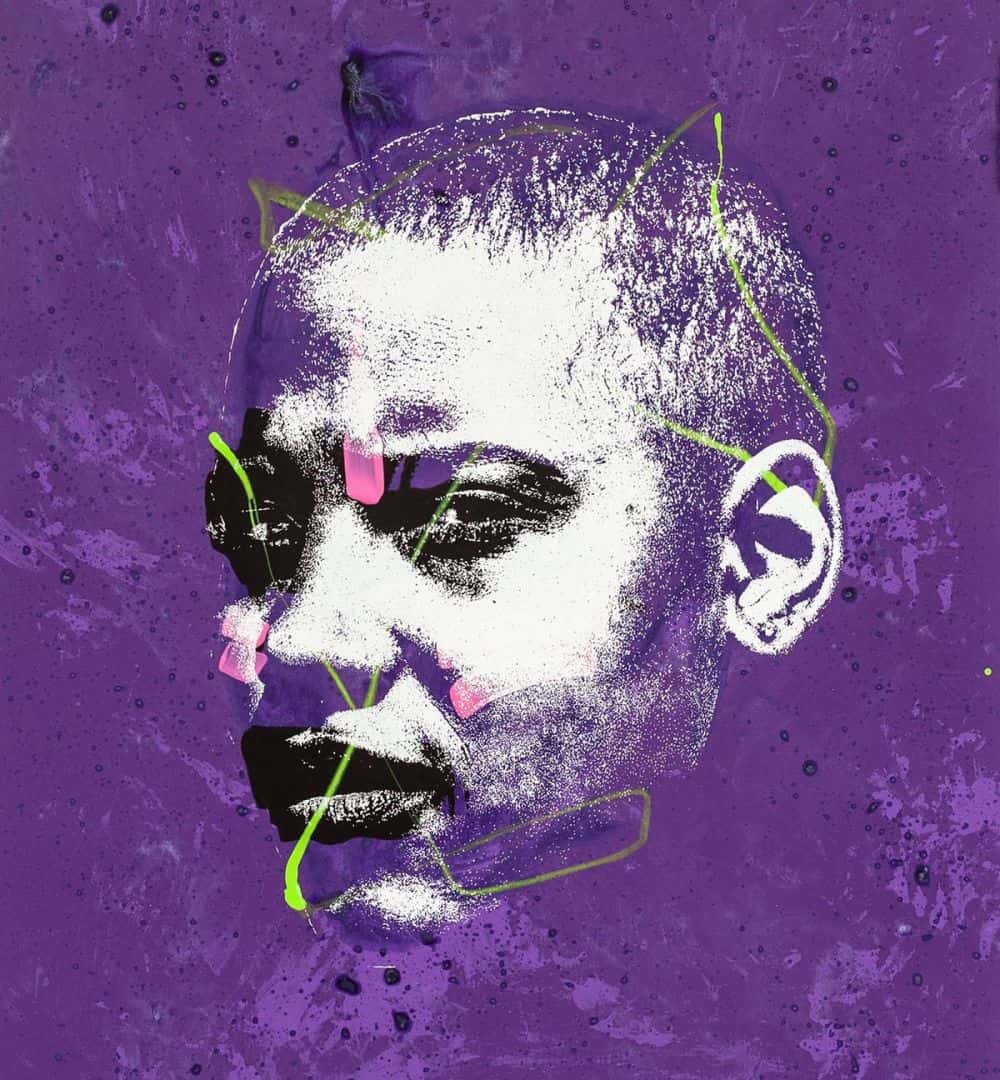
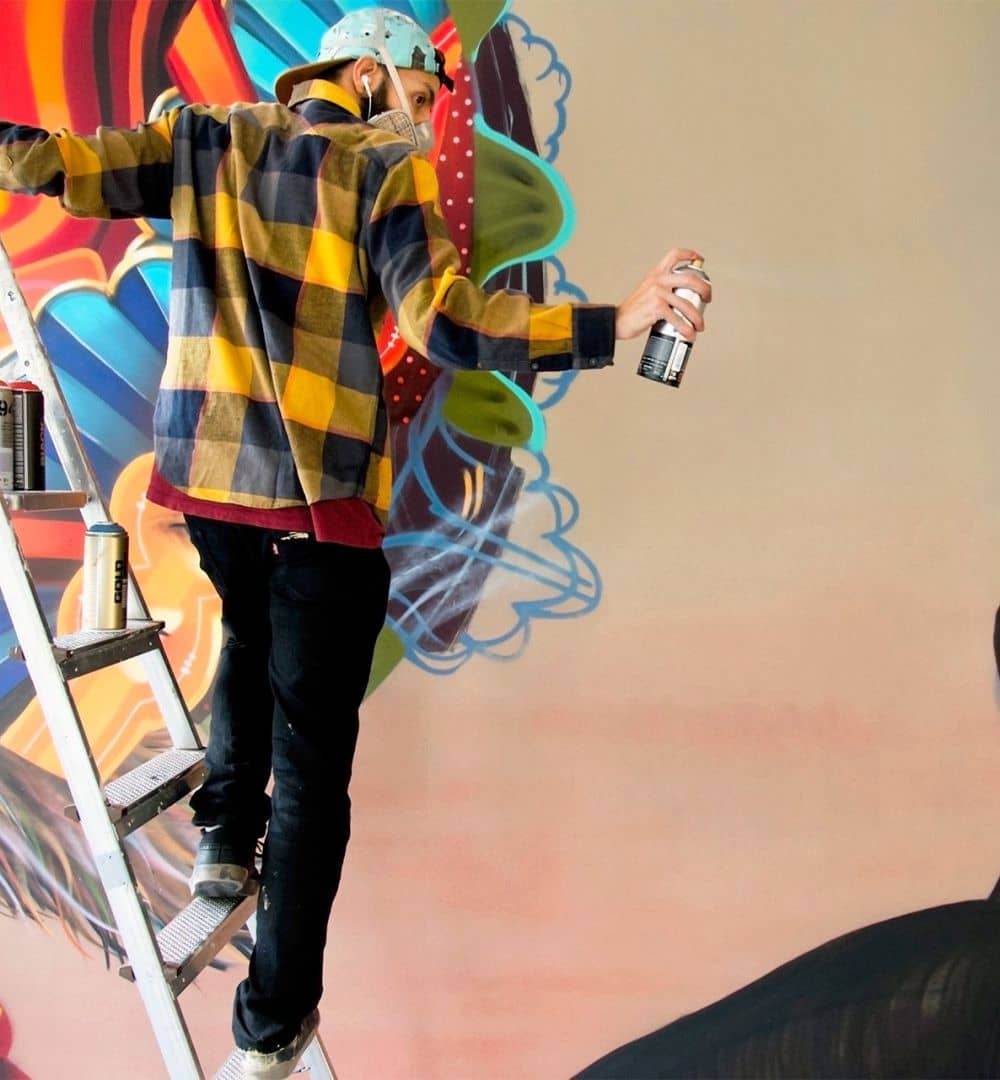
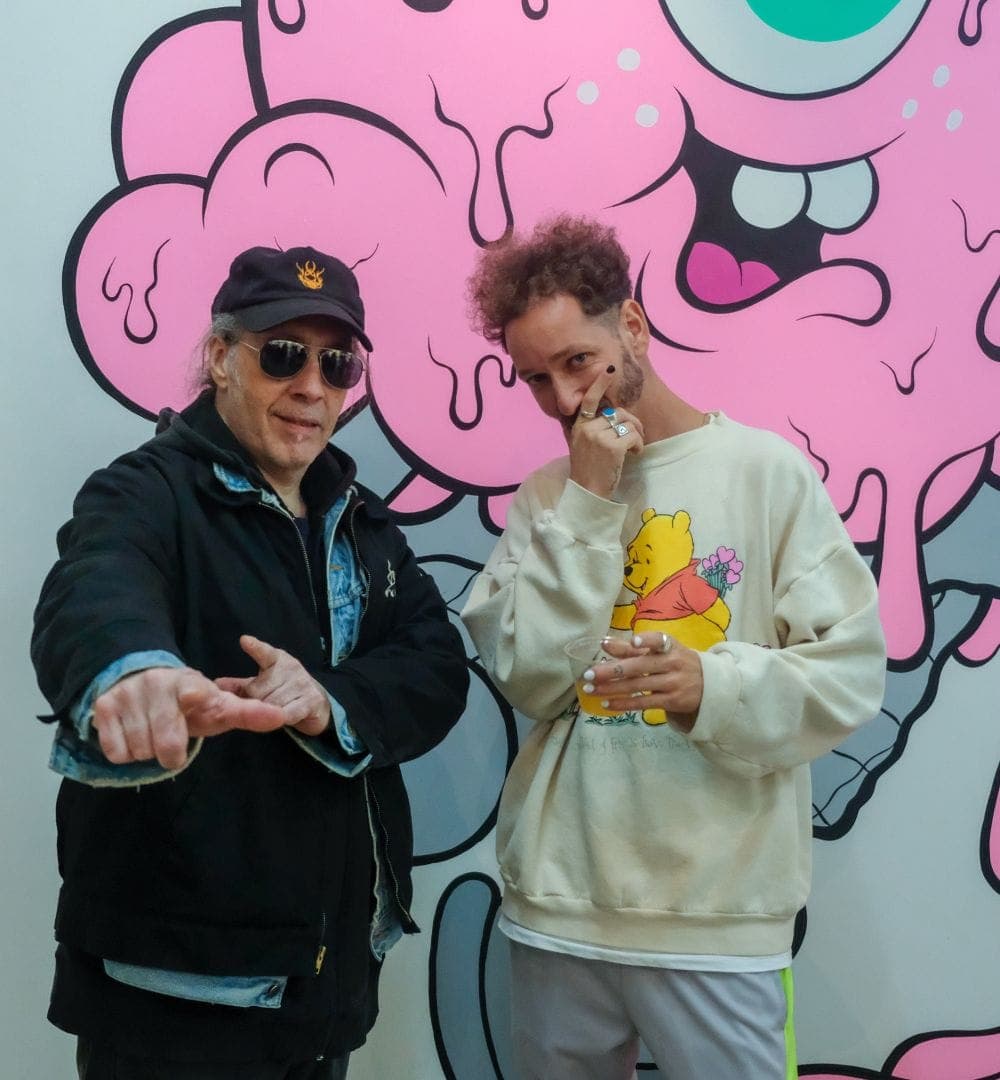
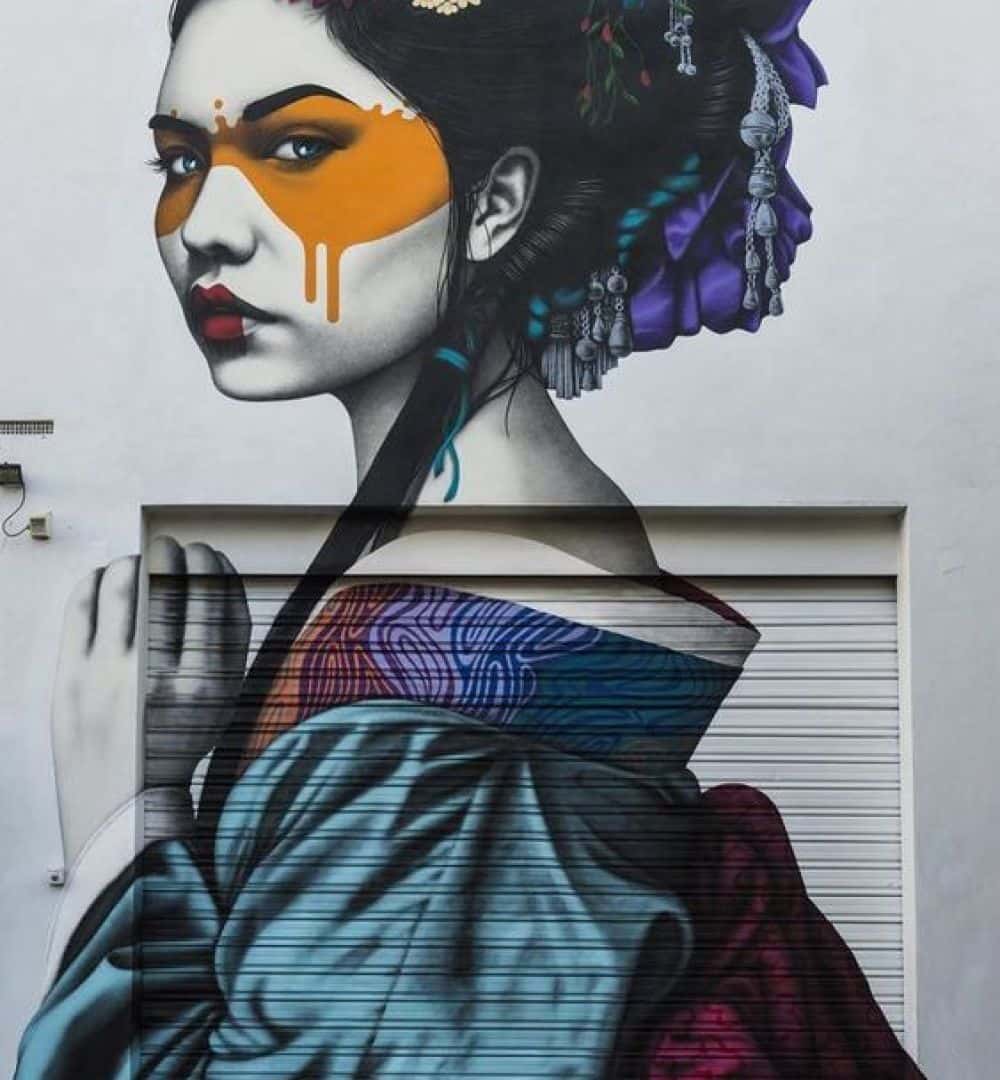

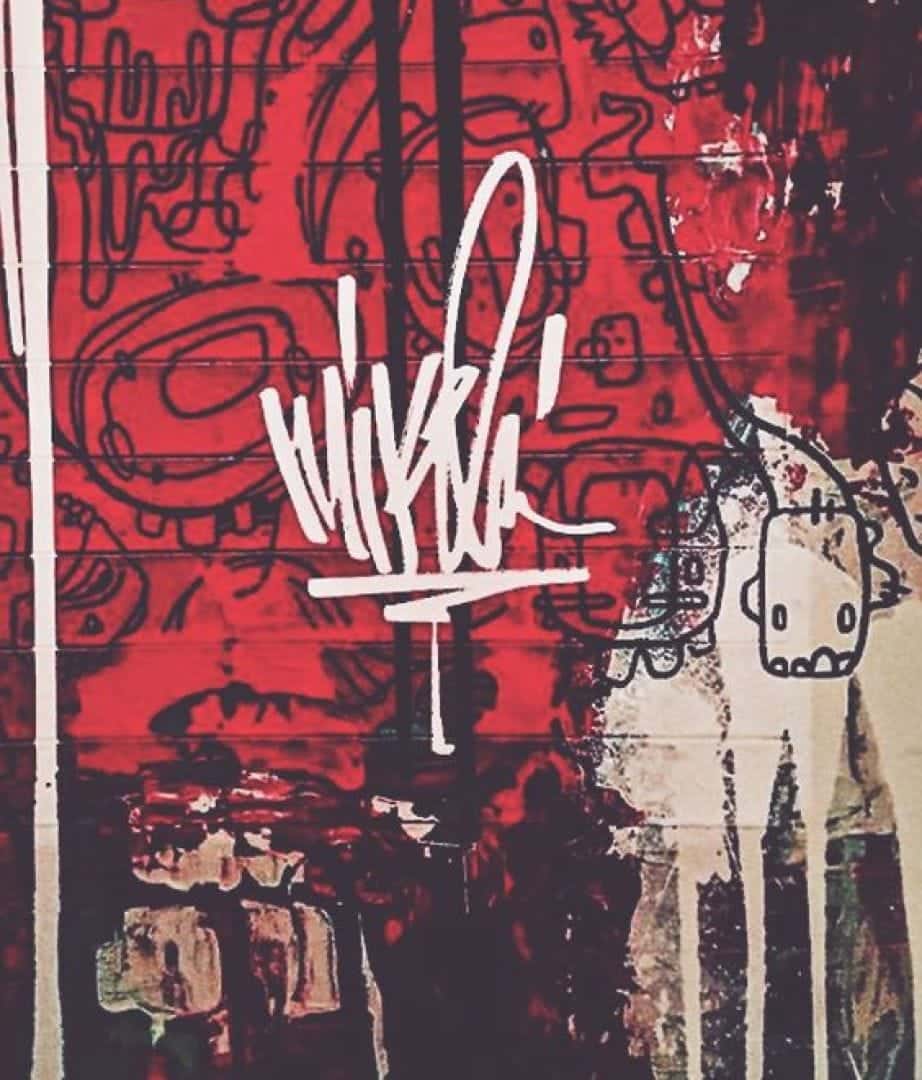
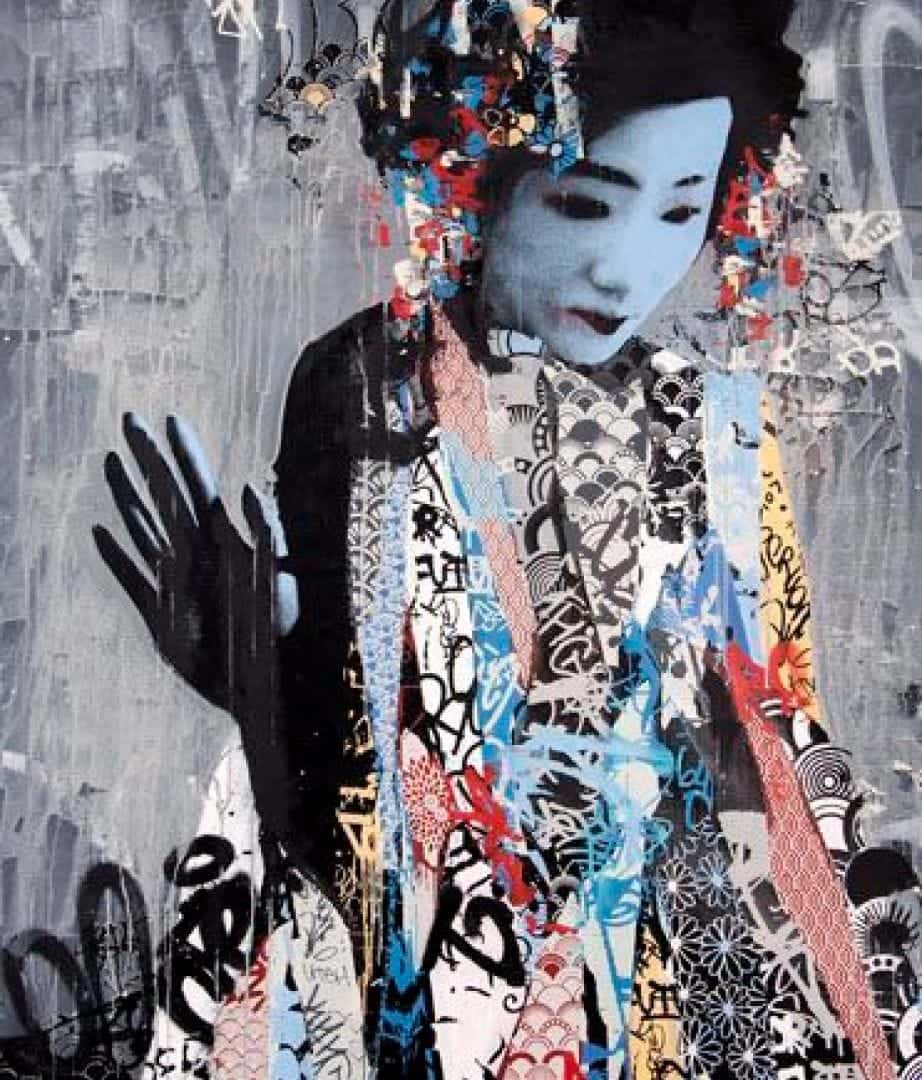
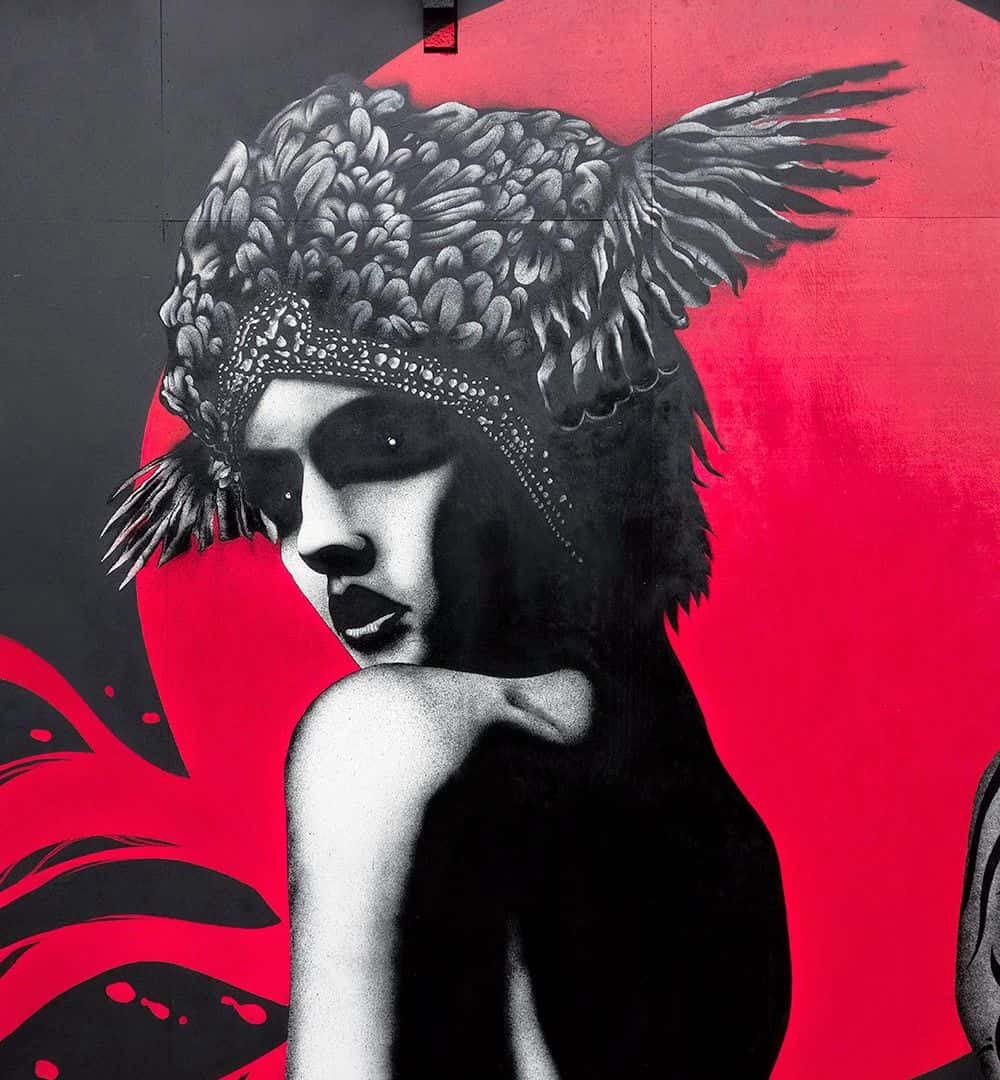
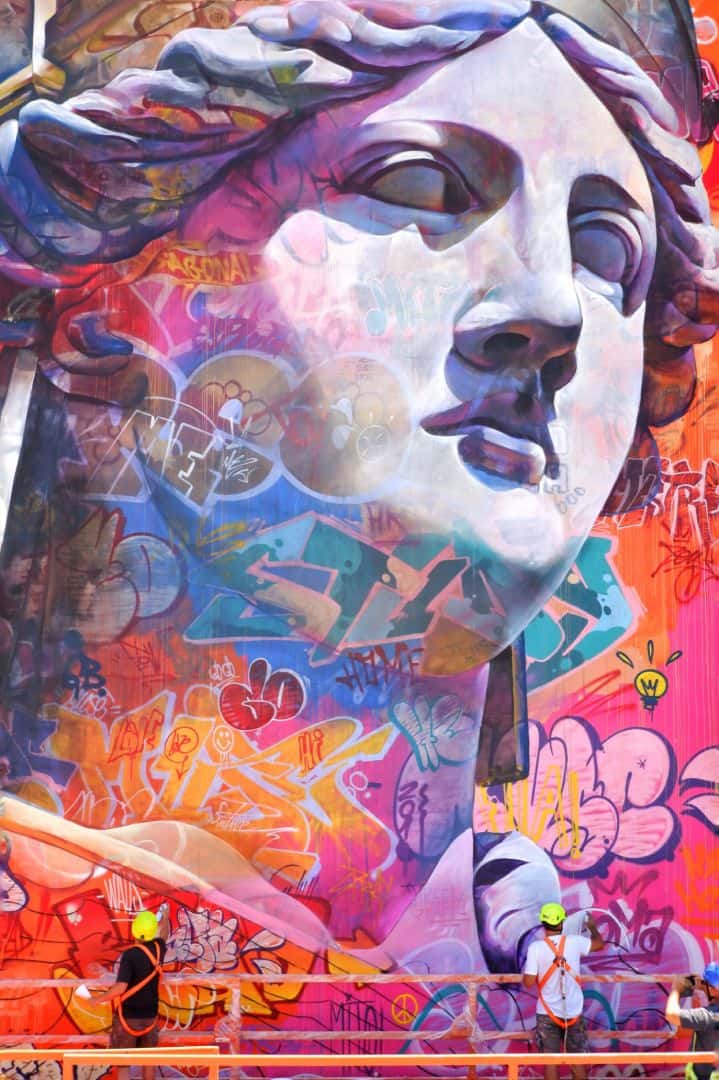


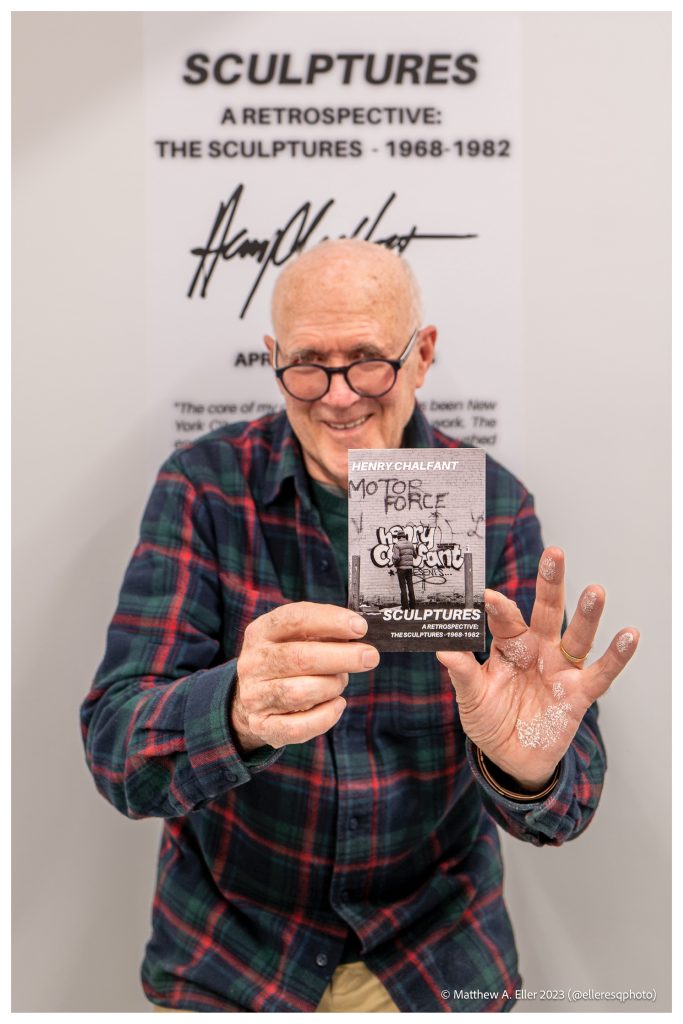
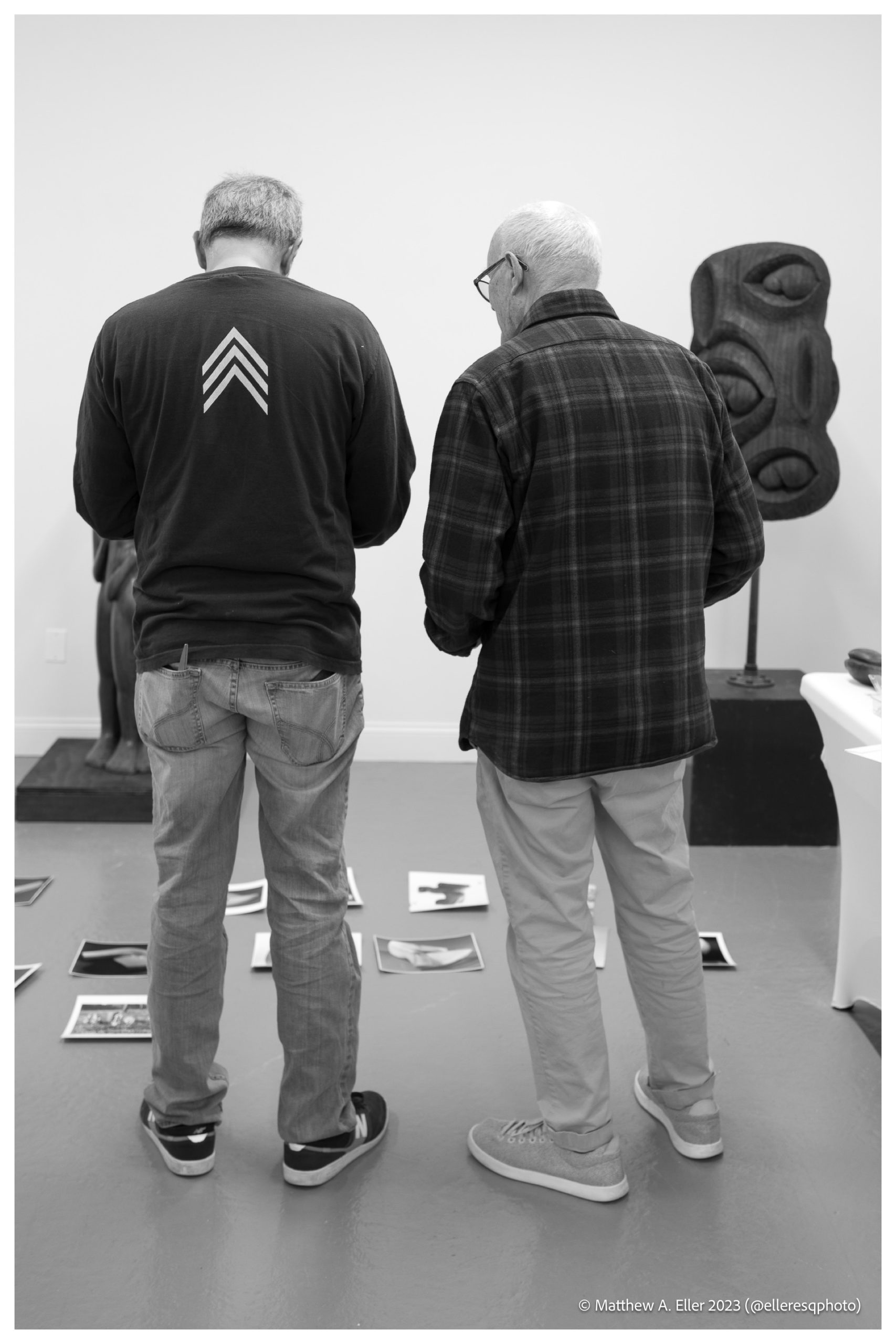

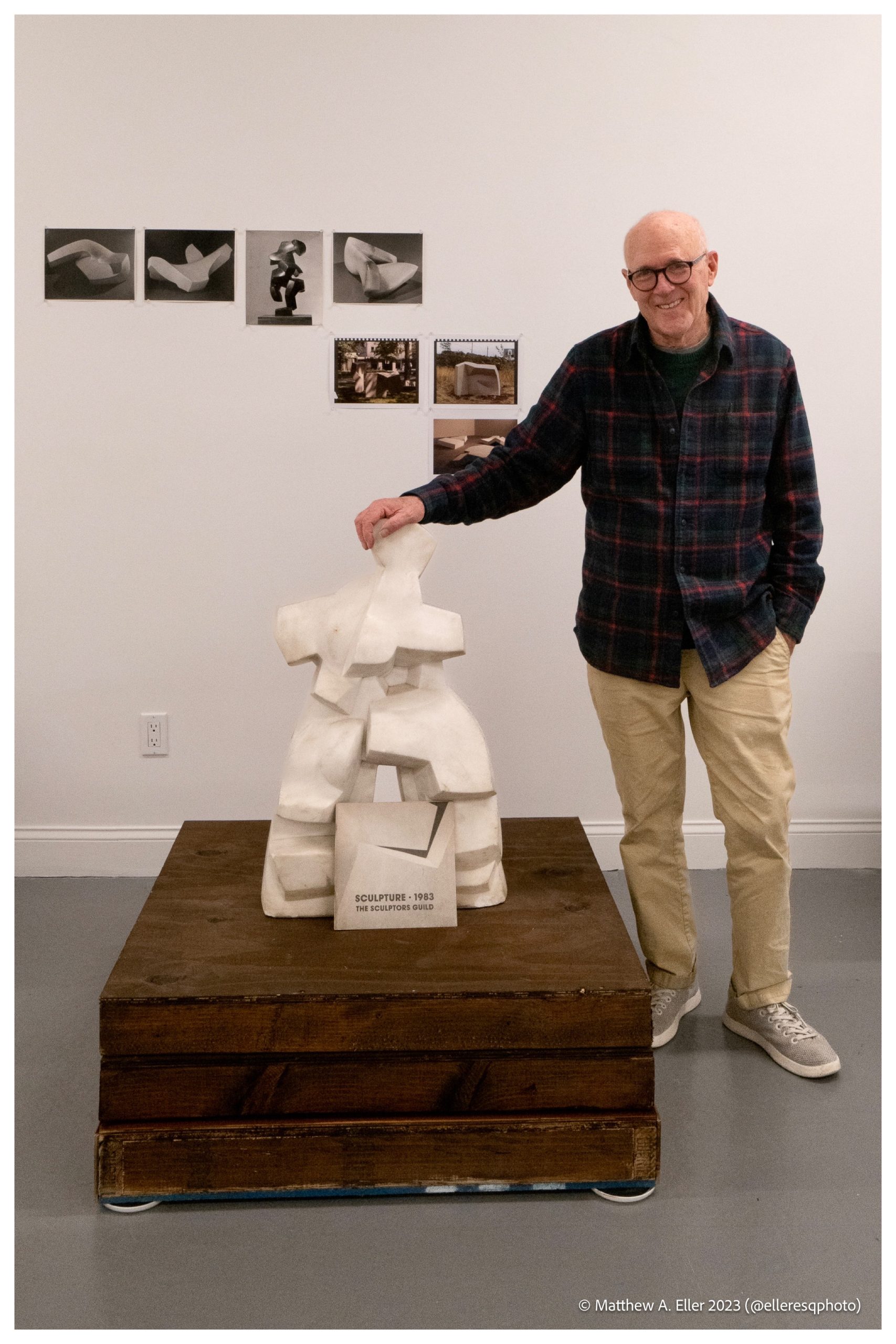
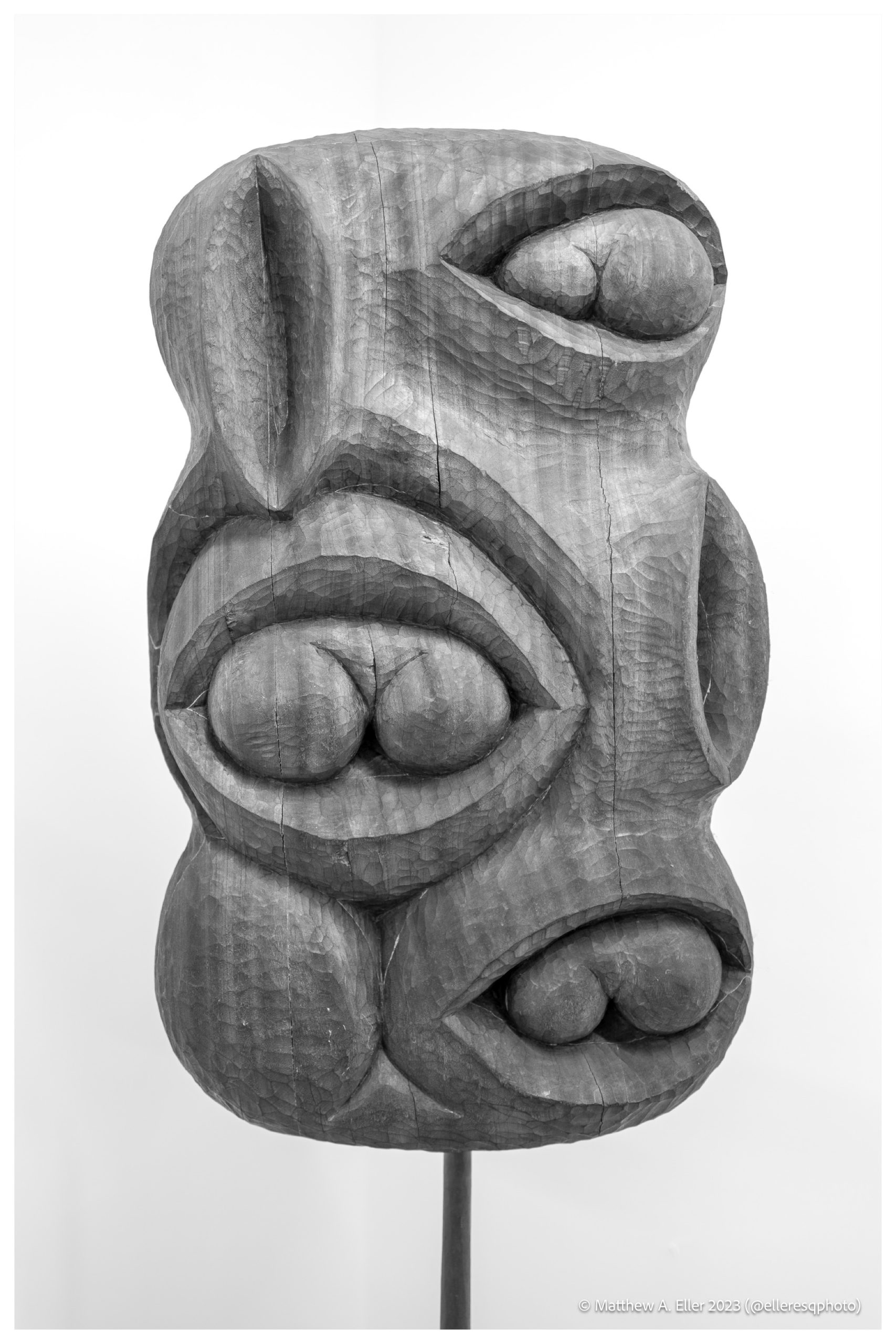

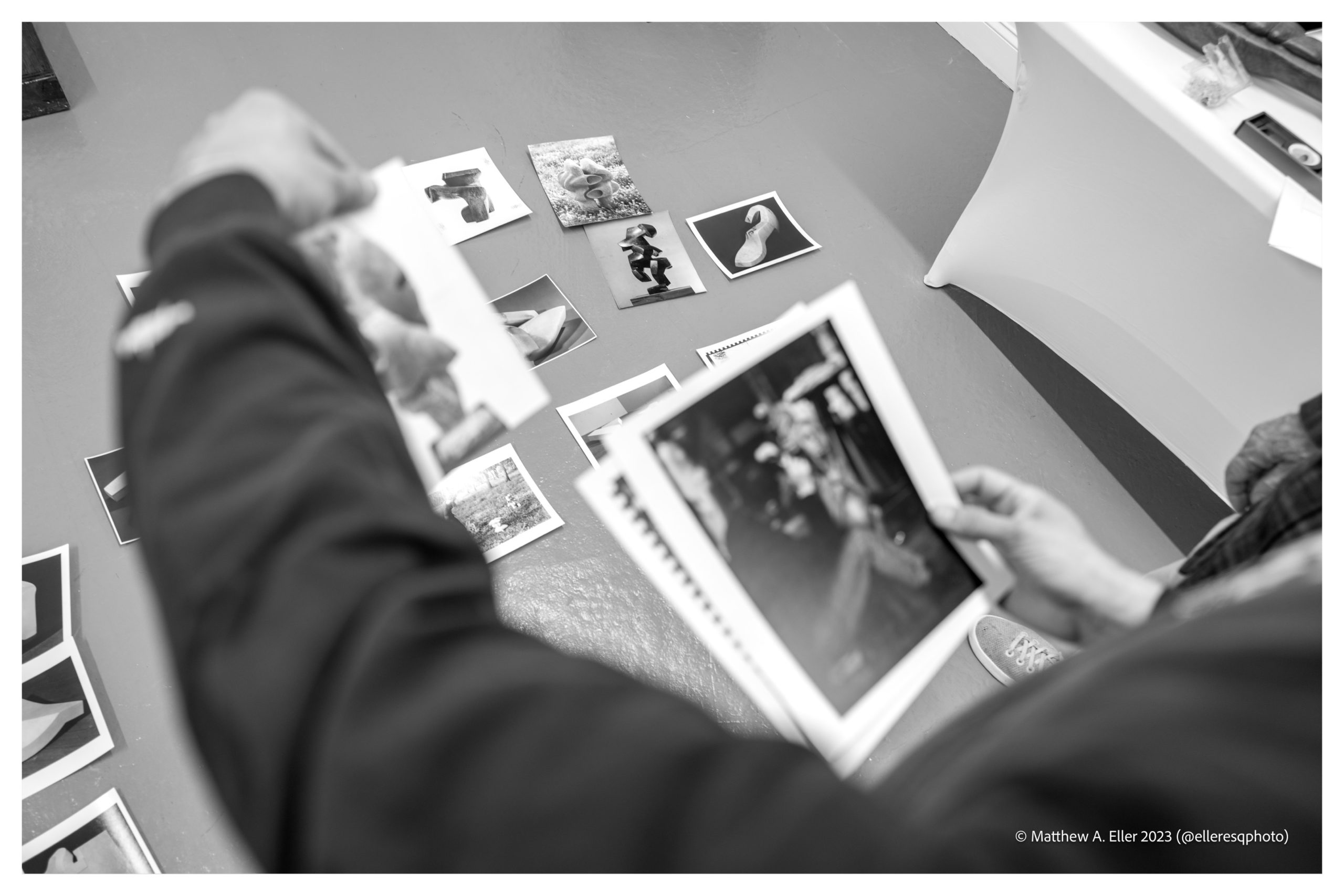
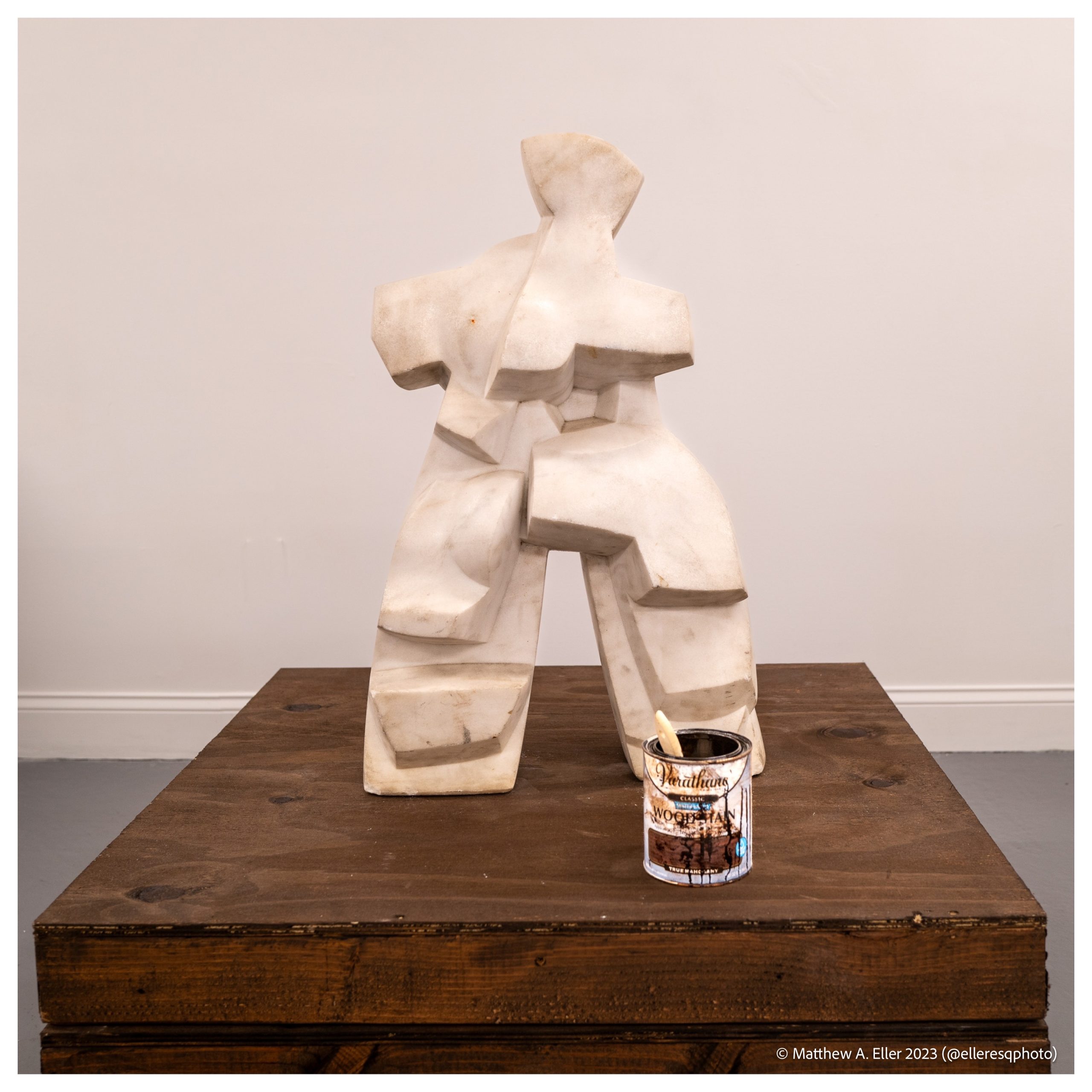

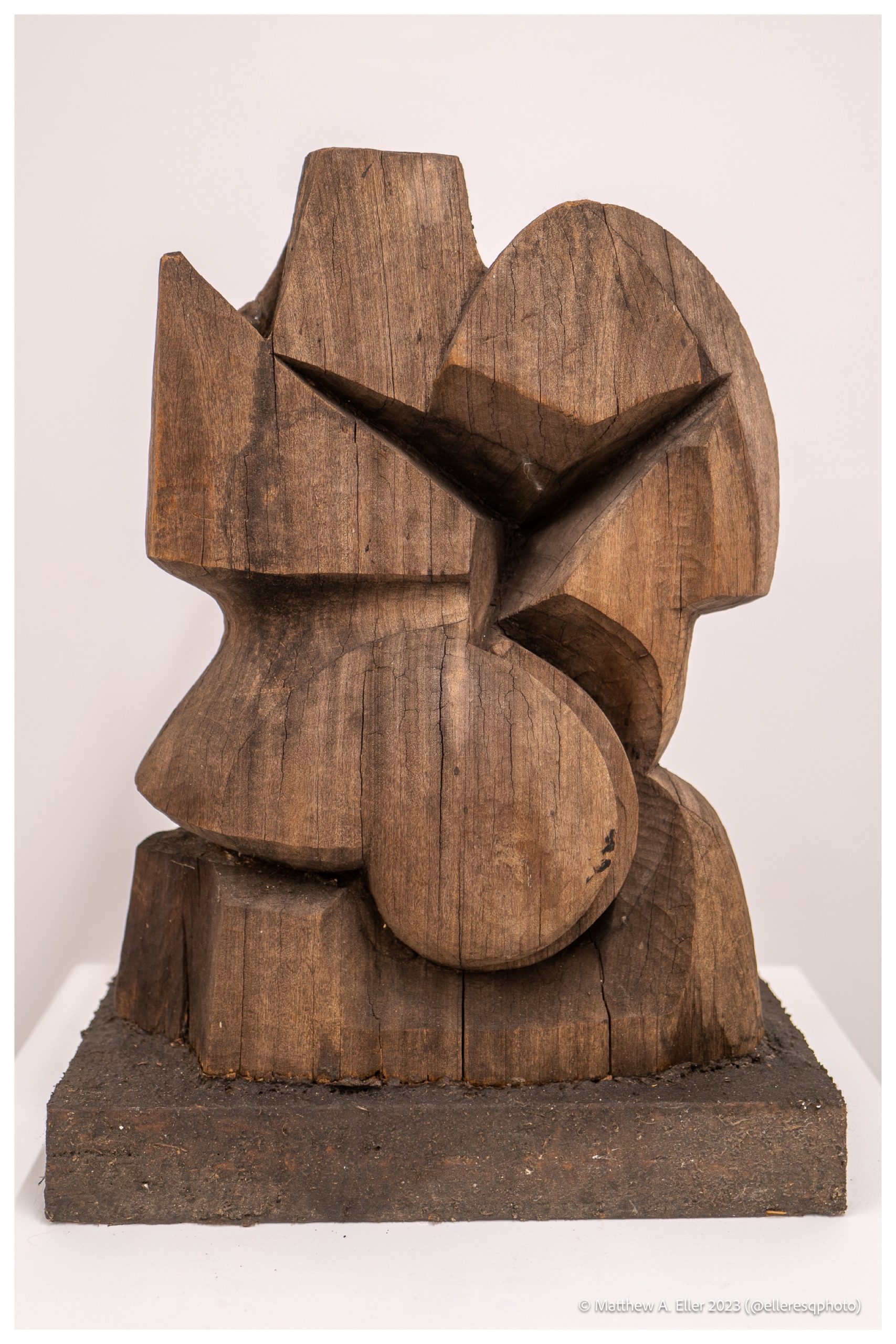
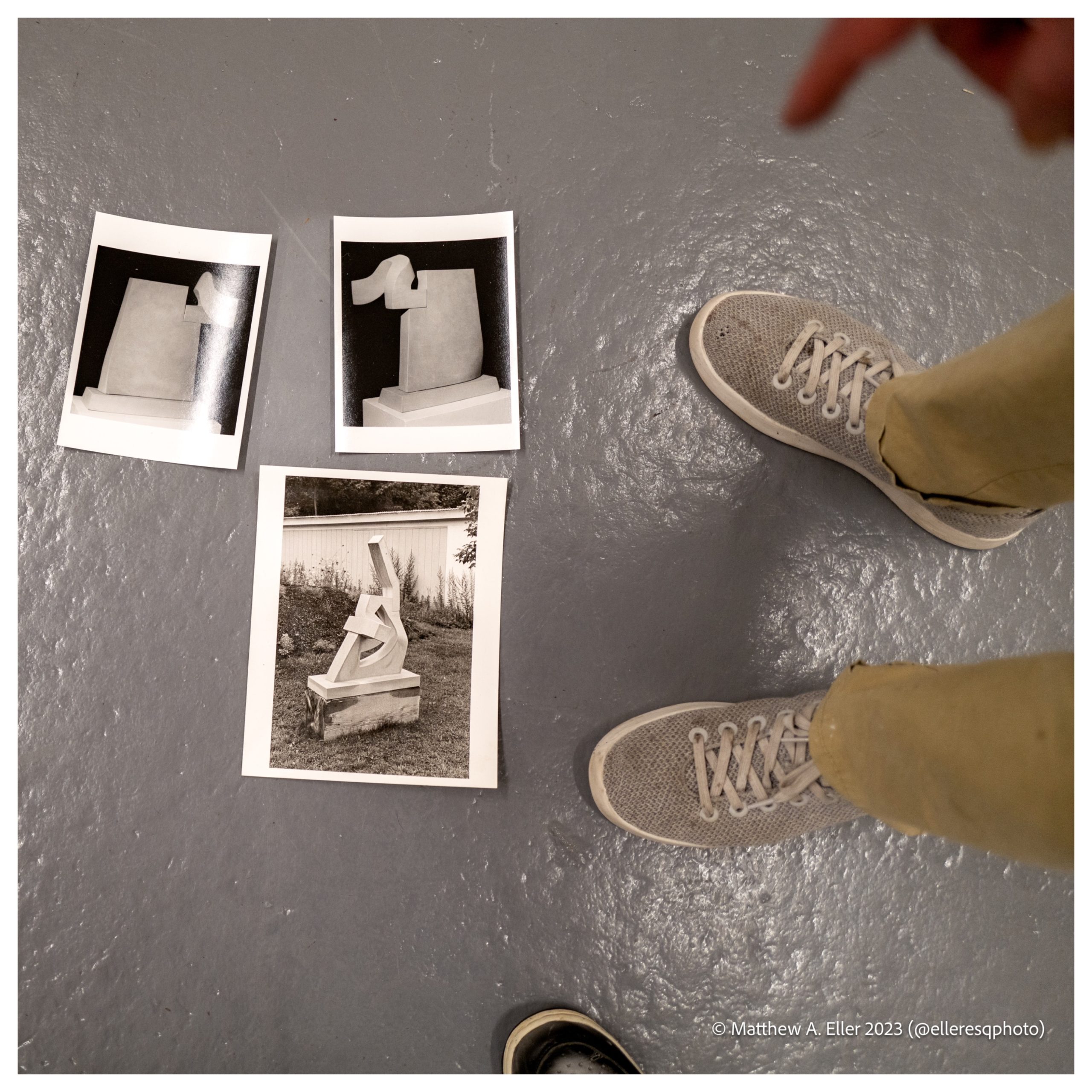

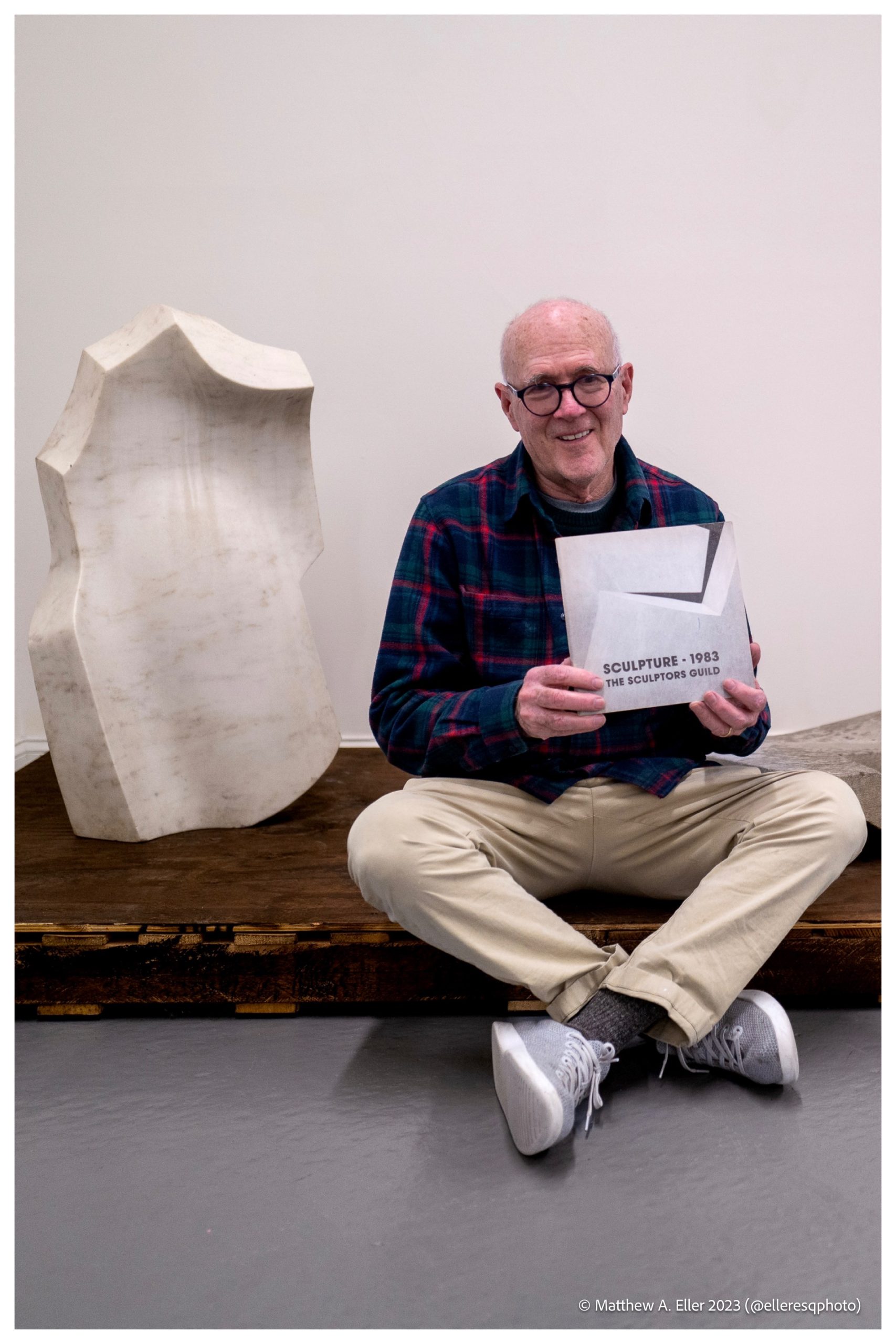
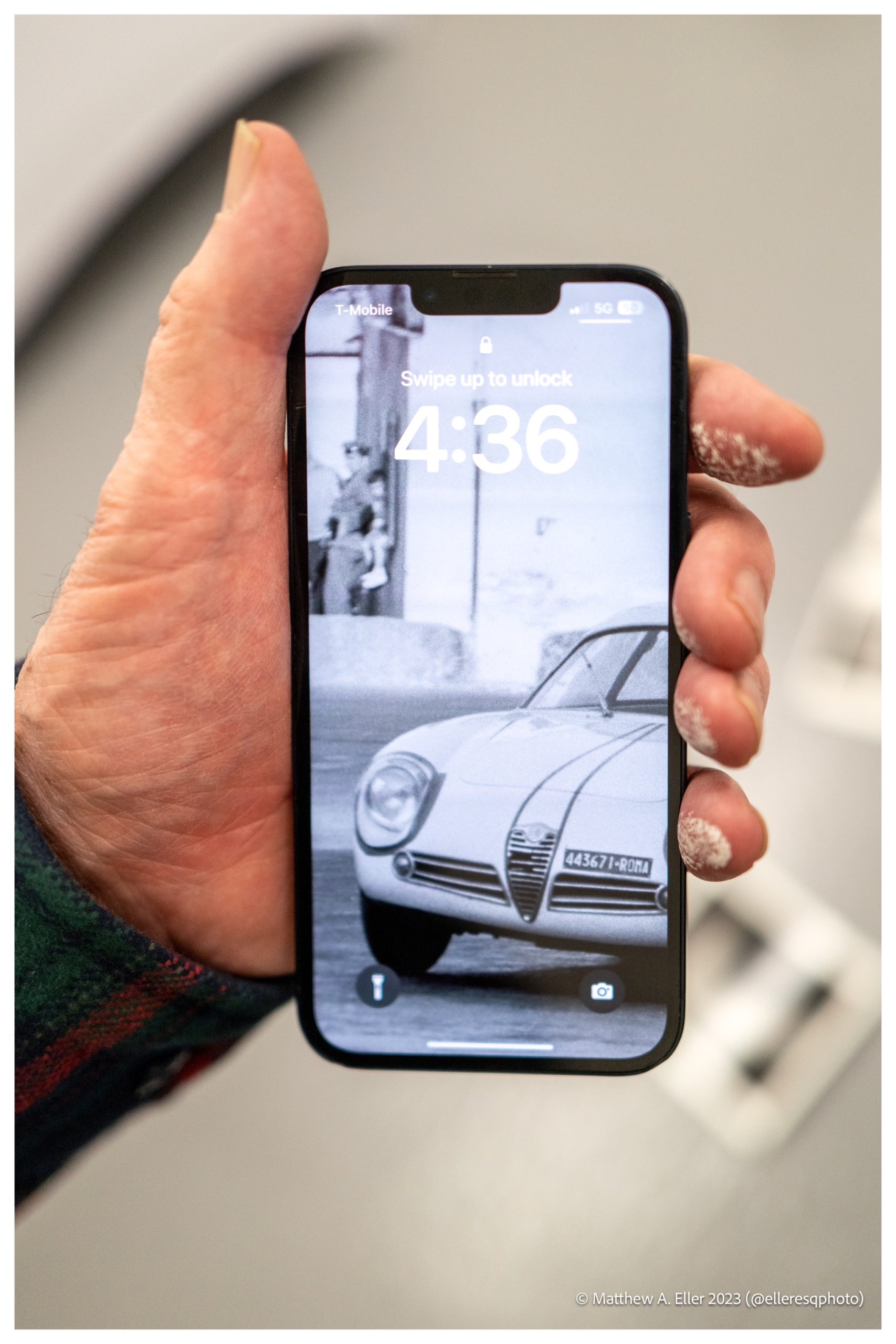

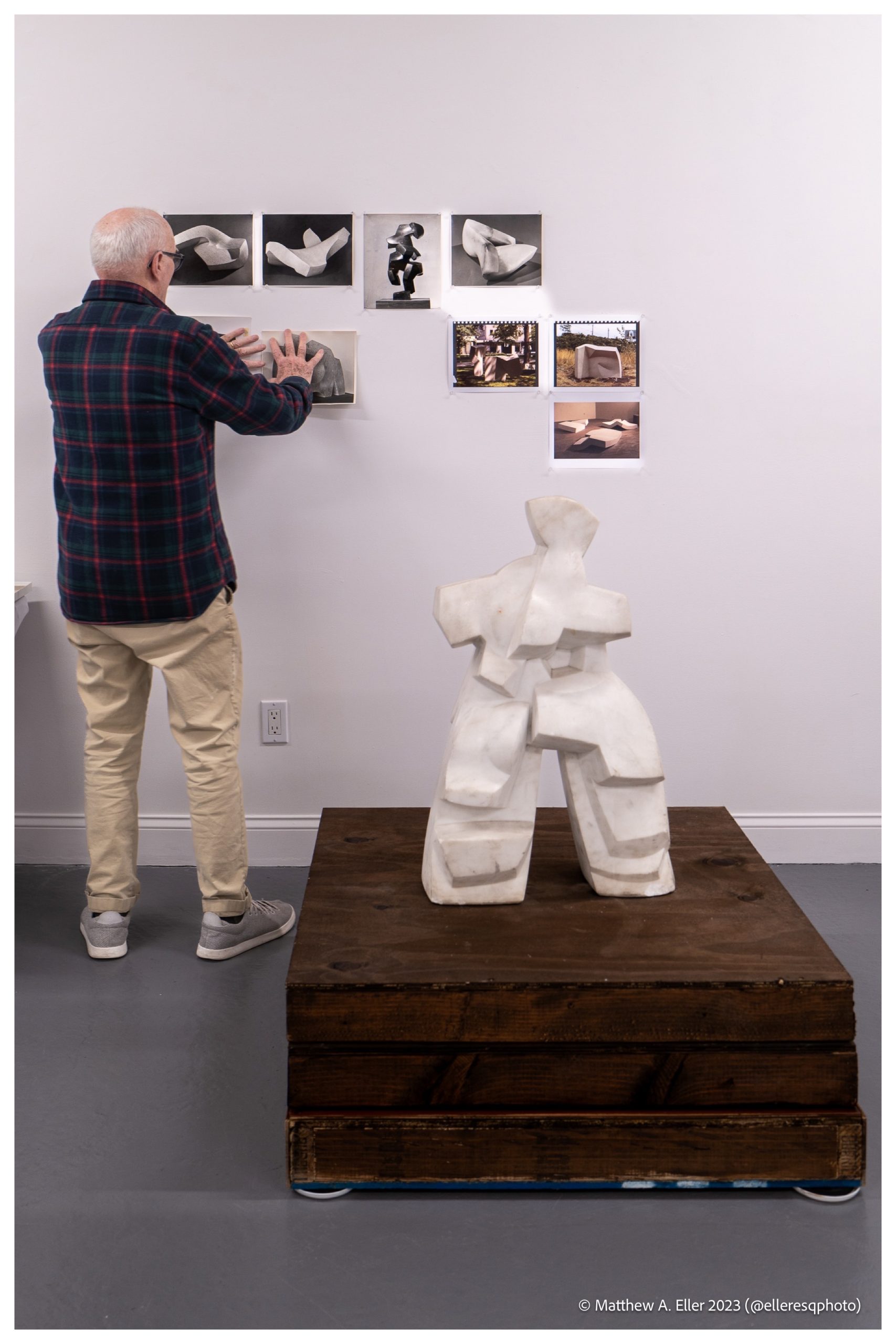
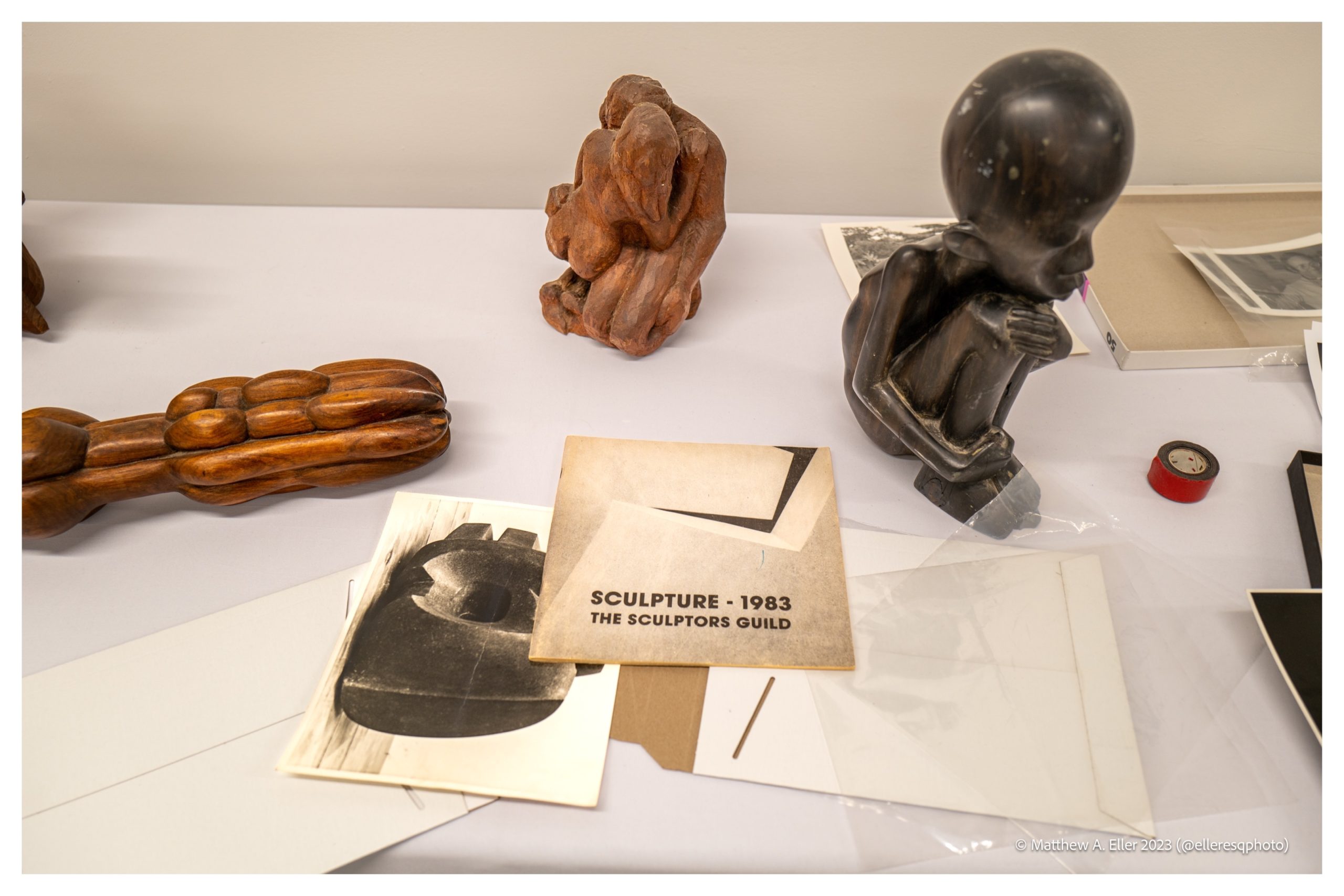

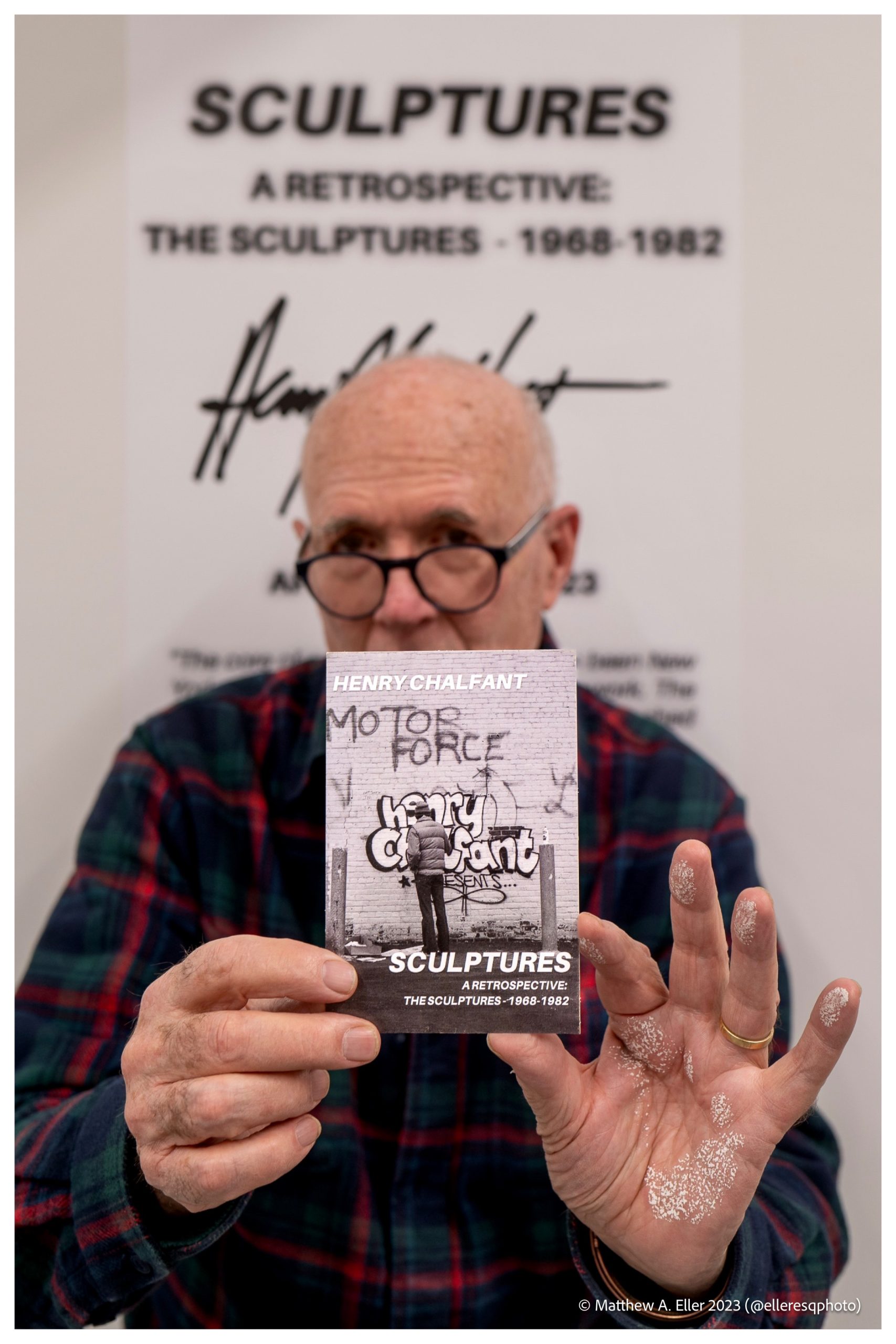
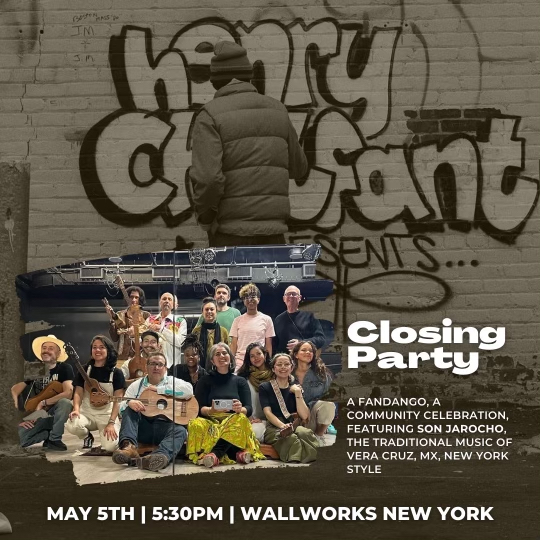

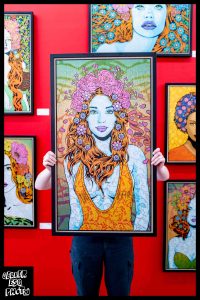
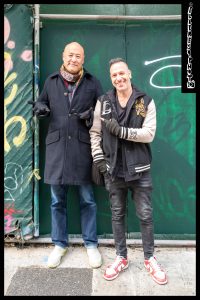
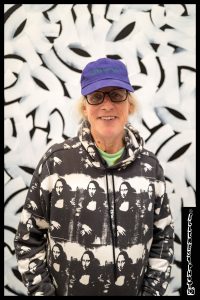
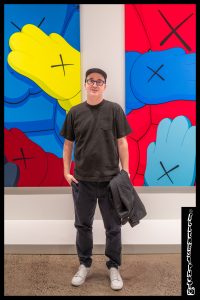
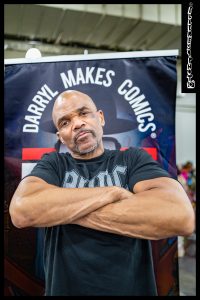
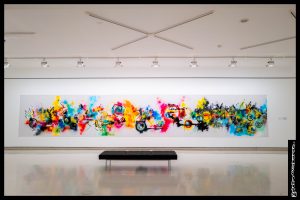
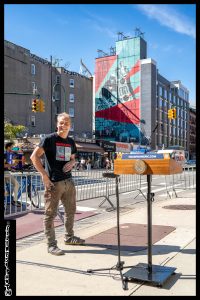
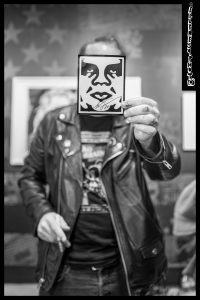
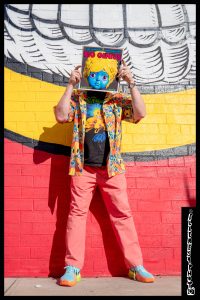
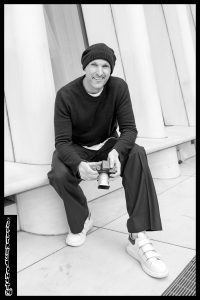
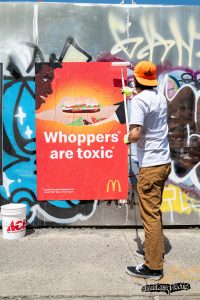
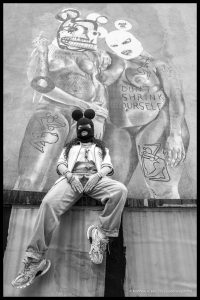
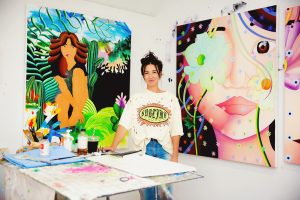
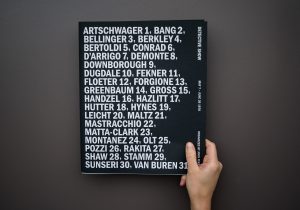
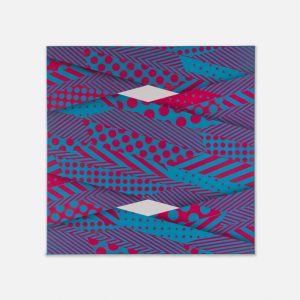
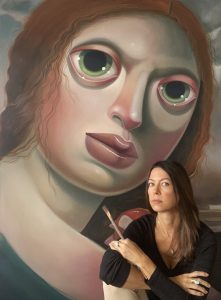
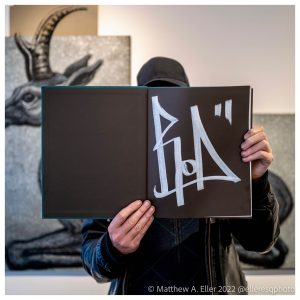
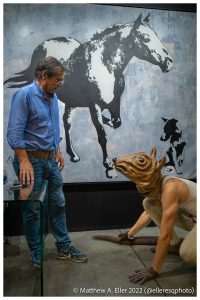
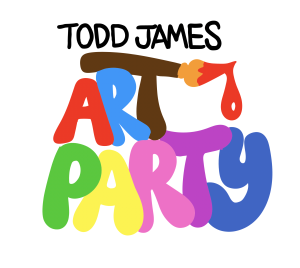
comment